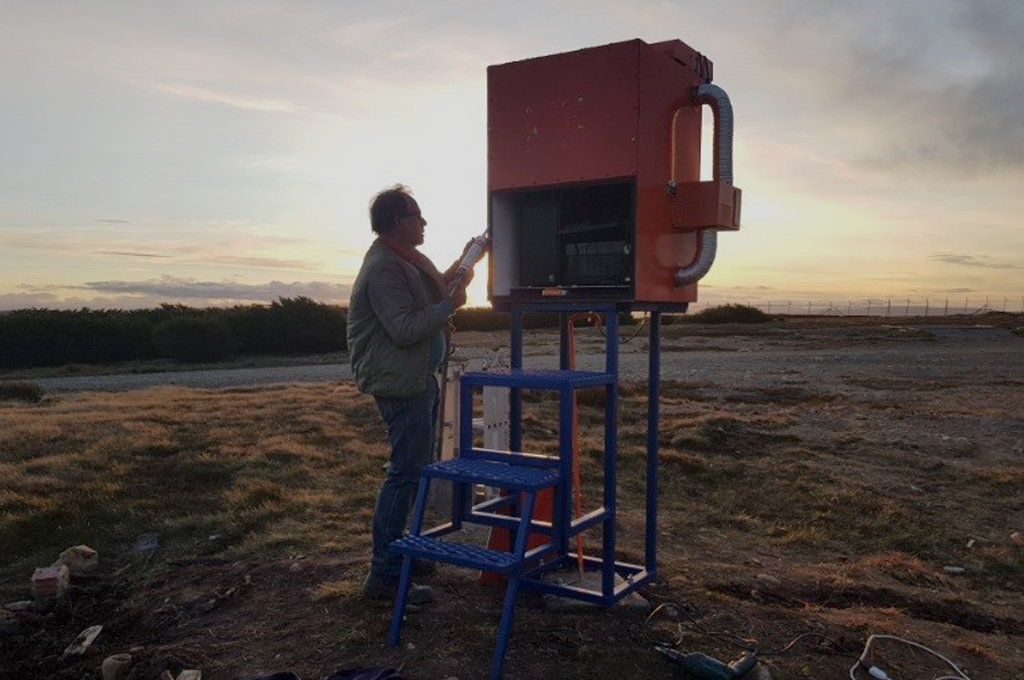OMNISSA – CAMERA FOR SPACE SITUATIONAL AWARENESS
What is Space Situational Awareness?
Space SituationalAwareness (SSA) is the all-encompassing term for the study, monitoring and mitigation of the Earth’s orbital environment, typically related to satellites.
Space and space assets directly affect all critical parts of day-to-day military operations including those involving command & control, communications, intelligence & surveillance, weather forecasting and geolocation. As the US depends more on its satellites, these critical assets are key to maintaining military supremacy.
How can the OmniSSA Camera support SSA?
While the space environment is vast, the sheer number of objects and frequency of orbital overlaps means that collisions are quite likely. Using new observational methods in super-resolution, frame-stacking techniques and sensor development methods, the OmniSSA camera enables omnidirectional SSA to engage in detection, tracking and state estimation research efforts.
This system is more than a wide-field imager. It combines information from three separate units using in-house image fusion techniques to access dimmer objects and provide more accurate tracking information than much larger, more expensive fixed assets.
How does the OmniSSA Camera work?
Using new observational methods in super-resolution and frame-stacking techniques, the OmniSSA Camera enables omnidirectional SSA to engage in detection, tracking and state estimation research efforts.
The camera is composed of several wide field-of-view camera modules, each of which takes simultaneous images. These images are fused in post-processing to improve the resolution and photometric intensity of the resulting images.
Why is SSA important to the Air Force?
- SSA is imperative for monitoring the 4,000+ catalogued active objects and 50,000+ inactive objects currently in orbit around the Earth.
- Investment in SSA basic research leads to development of new imaging tools for satellite acquisition, tracking and characterization.
- Continued SSA research by Air Force supported scientists has resulted in new observational techniques and sensor development efforts that have significantly improved orbit prediction.
What is the AF doing to further SSA technology?
AFRL has a long-term basic research investment in wide- field imaging systems developed by Dr. Marcus Holzinger at the University of Colorado, Boulder. Dr. Holzinger has developed an OmniSSA camera in a portable unit using commercial off-the-shelf cameras for easy, inexpensive deployments to remote locations around the world for more complete global coverage of orbital objects.
The AFRL basic research office is working with the CIDCA, Chilean Air Force (Award FA9550-19-1-0028) to test the OmniSSA camera in southern Chile.

The OmniSSA newly deployed by the Chilean Air Force in southern Chile. Photo Credit: CIDCA, Chilean Air Force (Award FA9550-19-1-0028)
